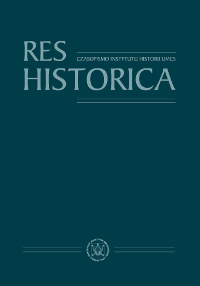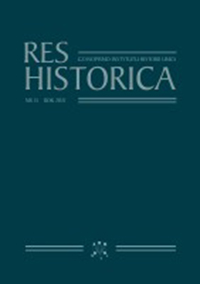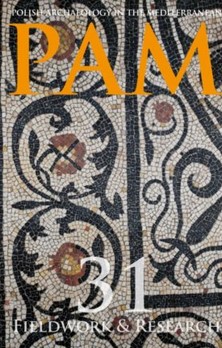
Pod maską wiktoriańskiej kobiecości. Kulturowe implikacje przedstawień Heleny Modrzejewskiej w prasie amerykańskiej (1877–1909)
Behind the Facade of Victorian Womanhood: Cultural Implications of Helena Modjeska’s Coverage in the American Press, 1877–1909
Keywords: Helena Modrzejewska/Modjeska; actress; Victorian „true womanhood”; „the New Woman”; feminism; penny press; media image; America
Helena Modrzejewska, professionally known also as Modjeska, a renowned Polish-American theatre actress of the second part of the 19th century, lived and performed in the USA in the years 1876–1909. She became an object of interest to the American press soon after her debut in 1877 and stayed in the media spotlight till her death. The present study in cultural and women’s history examines Modjeska’s abundant newspaper reports, notices, stories and reviews in the context of emerging American feminism. Employing content and topical analysis of randomly-selected texts published about her at three different points of time, two parallel yet contradictory femininities have been identified as parts of her mediated identity: an embodied ideal of Victorian „true womanhood” and a genuine New Woman of the fin de siècle. Although Modjeska was keeping up the conventional facade of a perfect gentlewoman for the sake of publicity, her activities were nevertheless consistently subverting the patriarchal codes authorising it. Whether she intended it or not, her media presence moved her to the forefront of feminist ferment in America.
More...

